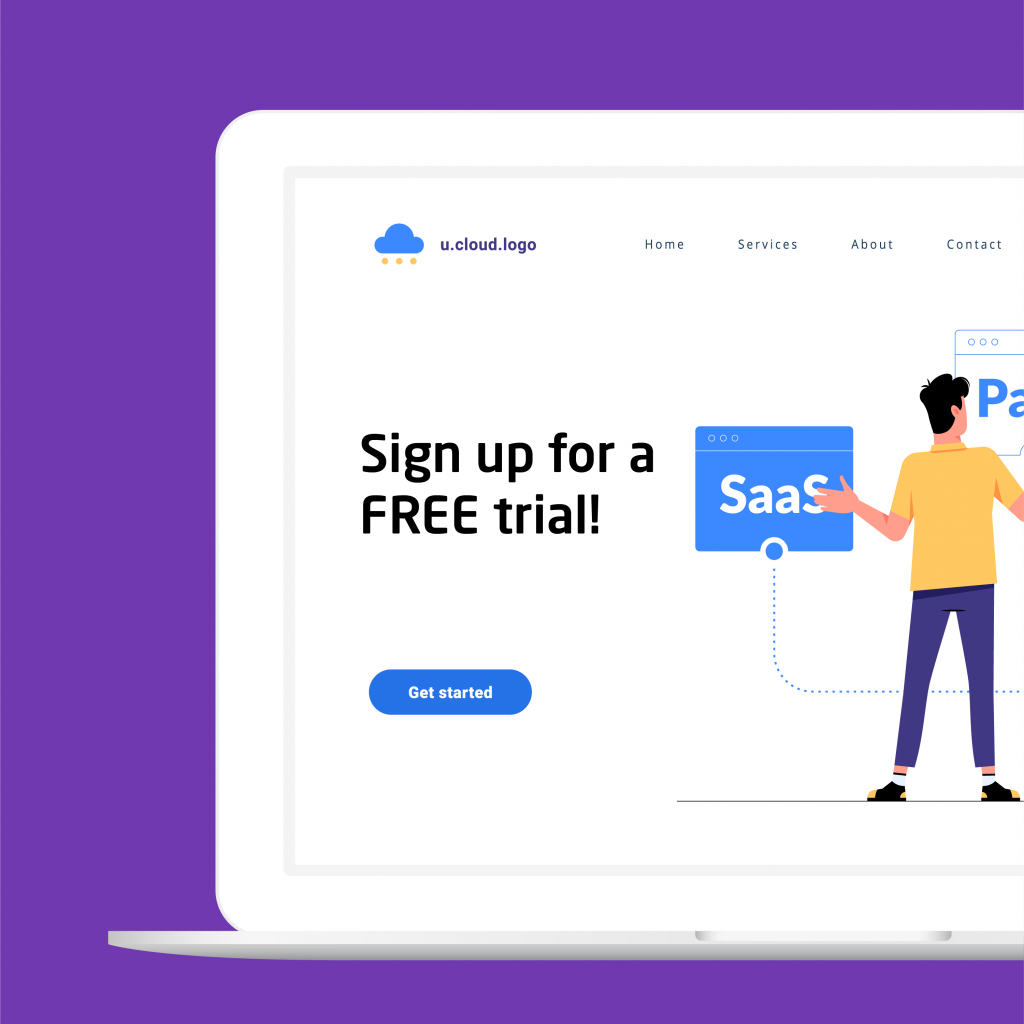
Since SaaS companies sell products and services that are not tangible, they have a more difficult task than other companies acquiring new clients. In fact, their sales funnels and their potential customer journey can also be can be slightly different. However, if you want to succeed with your strategy, there are some things that always work. Here are 5 steps for SaaS companies to attract more users.
Growing fast is a must for a SaaS company
It is sometimes surprising for other sectors how fast the SaaS market is growing. In general, value creation stems from growth and ROI. While ROI matters the most in an older, stable company, growth is a much more important factor for new companies. That’s mostly the case for SaaS companies.
Growth predicts long-term success and generates higher ROI later, which is why faster growth improves the chances that SaaS companies will survive in a highly competitive, difficult environment. How can SaaS companies do this?
1. Get your audience’s attention
Have you identified the potential customers whose problem you’re able to solve? There is no ideal client here, but rather something very practical and specific: you can solve a problem. Which problem and whose problem? That’s your audience.
The next step is to bring this audience to your website. Your whole marketing strategy needs to focus on making very clear that you have the solution to a very concrete issue.
Also, your website and social profiles have to explain how your product or service works in a way that your customers can see the real value of what you are offering.
2. Start building a relationship
Do you have a few potential leads? Good. Now you have to focus on building a real relationship with them.
The most effective resource for this is CONTENT. Set up a blog, work on a useful newsletter or put together a nice guide. There are many possible options. Think about the ones that are most useful to your potential customers and that also help you make clear that you know what you are talking about.
In other words: work on content that meets your clients’ needs and helps you build trust and authority.
3. Get your leads to sign up

This seems like the most difficult part of your job, but it’s not. It’s just the start.
You have identified your audience and made very clear that you can fix their issue. They think you can do it. Now let’s move forward together. It’s time to clear doubts. They need to be sure that you have the solution. How about a free trial?
Free trials are your real allies here. Your potential client needs to give it a try. It does not cost anything. Is there any other possible obstacle to signing up? Consider this and clear the path.
4. Don’t let them go now
Your prospect is now a client. Good job! That’s fantastic – but fragile.
There are many competitors working hard to get your clients to sign up. It only takes a minute for potential clients to become customers – the same amount of time that they need to change service providers.
You need to work on engagement. In other words: you need to keep meeting their needs and expectations by delivering exactly what they want.
5. Lifetime value and engagement go hand in hand in the SaaS industry
Since you already have a relationship with your clients and probably a lot of data, you also have the chance to work on different strategies to reduce churn.
How long does your customer need to be subscribed for in order for you to see some decent ROI? Your next step is to increase lifetime value as much as you can.
What are SaaS companies?
SaaS means “software as a service”. It refers to a type of business that allows users to access apps and other software via the Internet.
How can SaaS companies attract new users?
It’s important to identify and attract the attention of potential customers using a good marketing strategy. The next step is to start building a relationship with customers, generating leads and focusing on engagement.










